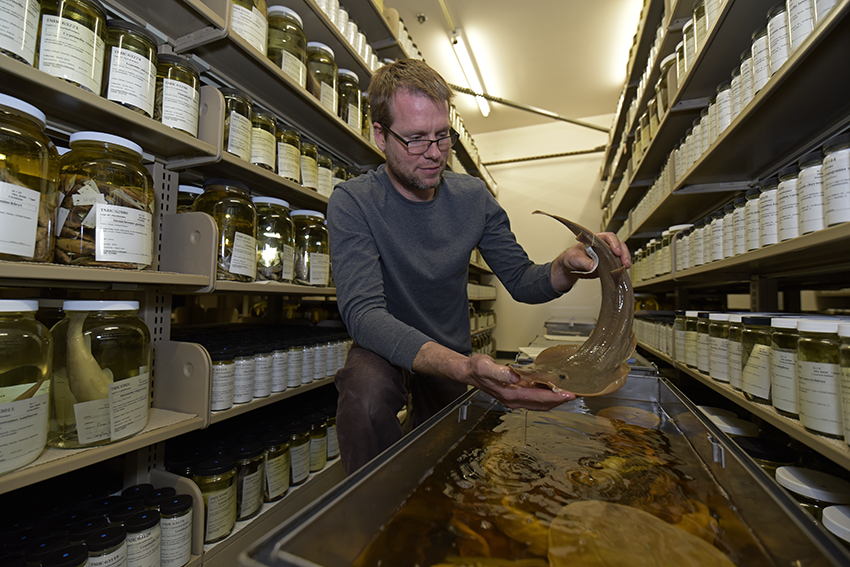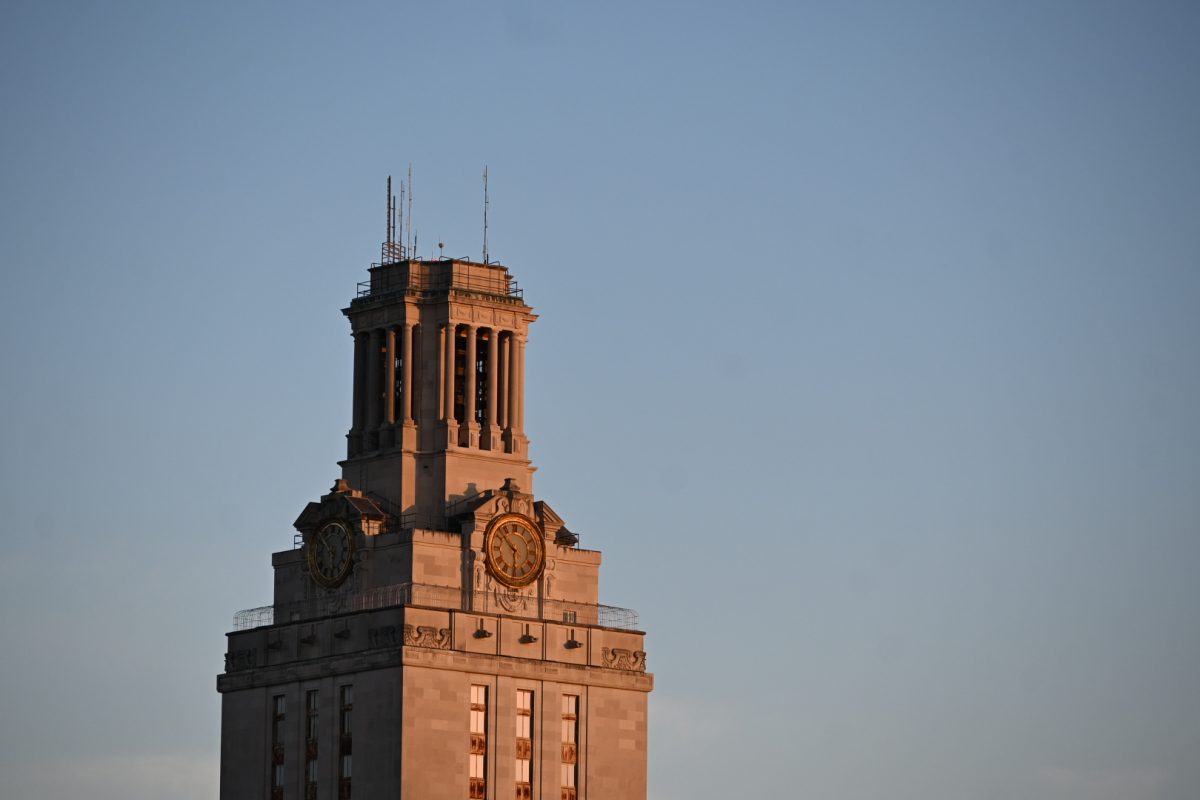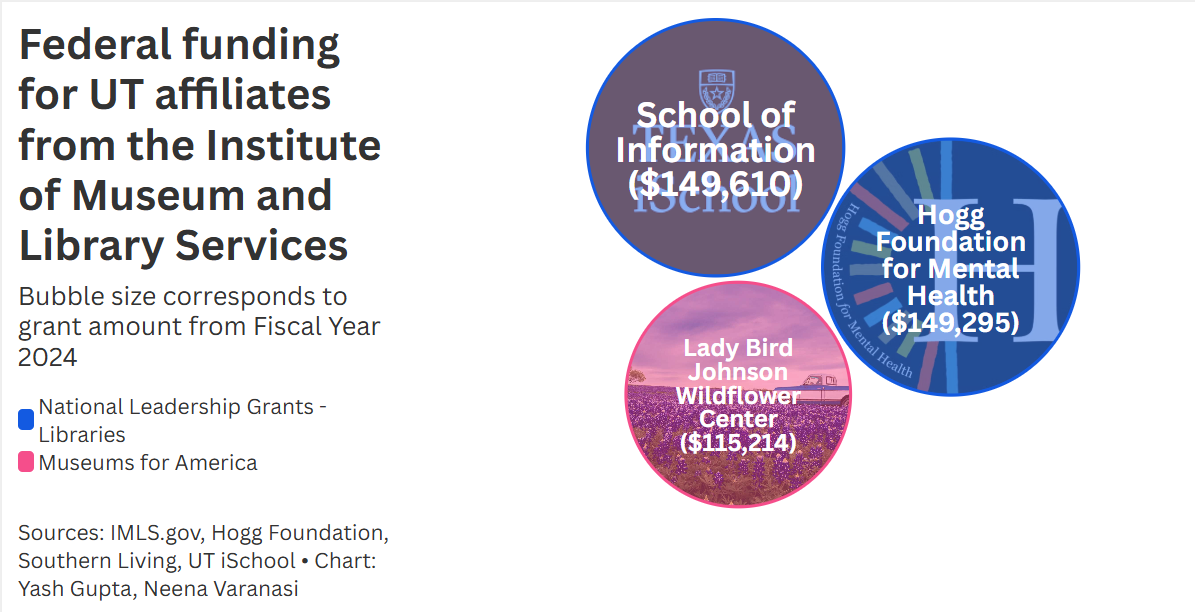UT’s Ichthyology, or fish collection, located at the J.J. Pickle Research Center, is an impressive source of ecological history and data collection, containing more than a million fish specimens.
“Imagine a warehouse full of jars of dead fish,” collection manager Adam Cohen said. “It’s much like a library. We can check out jars to researchers around the world, and they return it back to us once they’re done using it for their studies.”
Cohen said the preservation process is simple. The specimens are preserved in jars of alcohol, kept in the dark so their pigments don’t fade and stored in an environment with a stable temperature.
Clark Hubbs, the first ichthyologist hired at UT in 1949, started the collection on the path to becoming what it is now, said curator Dean Hendrickson.
“Hubb’s father was a very famous ichthyologist, and he grew up running around North America collecting fishes on family vacations,” Hendrickson said. “When he came here to UT, one of the first things that occurred for him to do was to start collecting fish.”
Cohen said the collection mainly focuses on freshwater fish and has many unique holdings, including the first ever Prietella phreatophila, a blind cave catfish, collected in Texas.
The collection also contains extinct species, including specimens of Gambusia georgei, a tiny freshwater fish from San Marcos, Cohen said.
“We have a lot of rare species, a lot of which weren’t rare when they were first collected but are now,” Cohen said.
Besides being a storage space for fish specimens, the collection also plays an important role in data collection and ecological conservation, said research associate Gary Garrett.
One of the major endeavors of the collection is the Fishes of Texas project, a collaboration with one of the collection’s primary funders, Texas Parks and Wildlife.
Fishes of Texas is an online database with information of every fish collected and observed in Texas dating back to the 1850s, Garrett said.
Garrett said any member of the public can access the database. With Texas Parks and Wildlife, UT’s Ichthyology collection uses the data to work on native fish conservation areas.
“Texas is a huge state, and there are many environmental and resource issues that we’re trying to tackle,” said Garrett. “With the data, we can use algorithms to determine where we should focus our efforts, so we can help the greatest number of species and habitats.”
Cohen said natural science collections are important because they give researchers insight into how species have changed over time.
“Specimens are a snapshot of an environment at a specific place and time. Every specimen has its last meal contained in its body,” Cohen said. “If you collect a fish species a hundred years ago and you have that preserved, you can go collect that species again today and compare them.”
Cohen said collections like these are establishing the baseline for what is known about species in an area.
“Biologists have been learning how to read or get information from specimens over the years,” Cohen said. “There will be things coming in the future I probably can’t imagine people will be able
to do.”





















